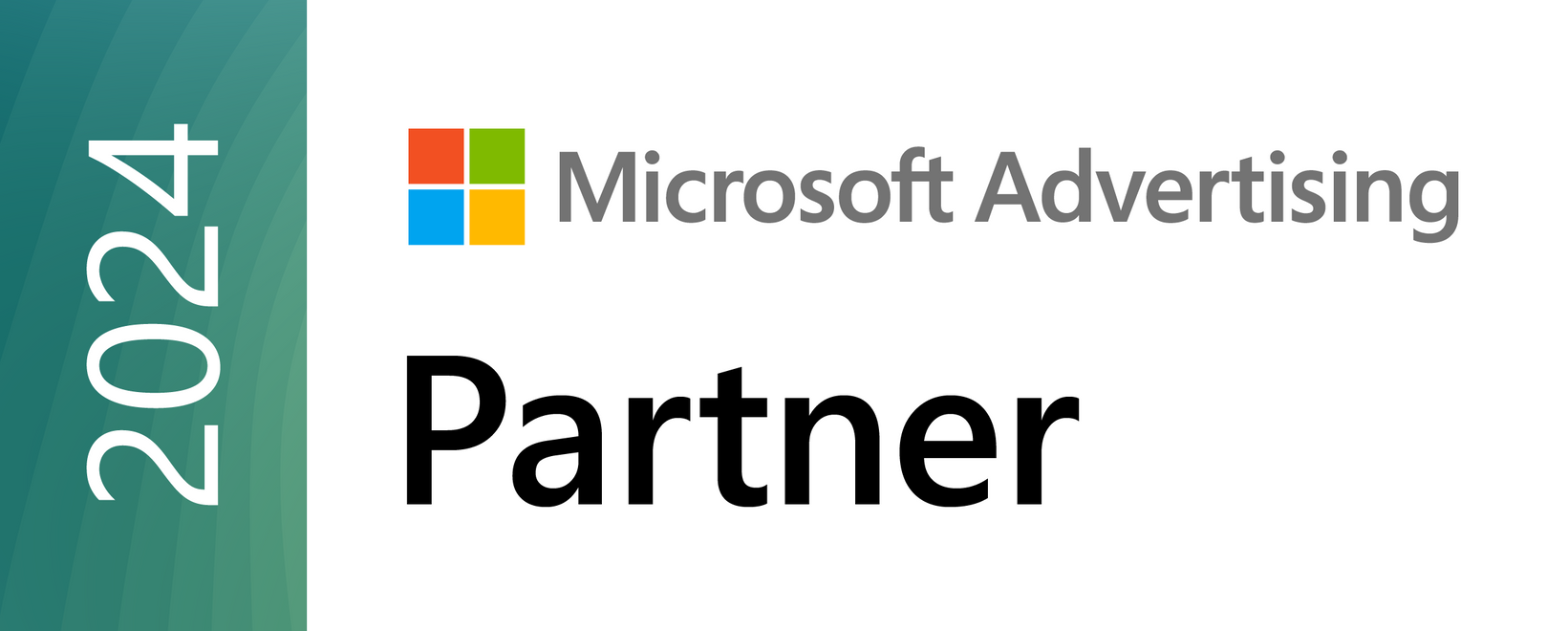How COVID-19 Has Impacted the Digital Marketing Industry

COVID-19 has been a mixed bag for digital marketers.
Alphabet saw Google ad sales drop 8.1 percent YoY in Q2 2020, the lowest levels since Q3 2018. YouTube ads, on the other hand, saw a 6 percent YoY increase.
Campaigns for e-commerce enjoyed significantly increased spends. Home service, elective surgery, legal, brick and mortar retail and food service cratered. There’s been a turnaround since the worst months in Q2, but it’s increasingly looking like upcoming winter months may bring with it an uptick in COVID-19. Lockdowns have already resumed in some European countries, and there’s no guarantee some U.S. cities won’t be far behind.
Alphabet saw Google ad sales drop 8.1 percent YoY in Q2 2020, the lowest levels since Q3 2018. YouTube ads, on the other hand, saw a 6 percent YoY increase.
Campaigns for e-commerce enjoyed significantly increased spends. Home service, elective surgery, legal, brick and mortar retail and food service cratered. There’s been a turnaround since the worst months in Q2, but it’s increasingly looking like upcoming winter months may bring with it an uptick in COVID-19. Lockdowns have already resumed in some European countries, and there’s no guarantee some U.S. cities won’t be far behind.
The Necessity of Budget Cuts
Thousands upon thousands of businesses had to make hard choices in March and April 2020. They saw their revenue dry up but still had bills to pay. One thing they didn’t need, or couldn’t generate even if they wanted to, were leads. It made sense that marketing of all types frequently ended up on the cutting block.
By the Numbers
Uplers surveyed
more than 130 digital advertisers about their experiences with the COVID-19 pandemic. Here are the highlights:
There’s really no surprise a lot of digital marketers suffered and saw a drop in revenue as their clients saw their own revenue and operating budgets crater. It’s also not a surprise that t he companies that saw significant revenue growth turned to outsourcing for their digital campaign fulfillment needs.
- Nearly 70 percent of digital agencies saw drops in revenue during Q2 2020
- 9 percent had a 50 percent drop (or more)
- 25 percent had a 30 to 50 percent drop
- 32 percent had a less than 30 percent drop
- 16 percent saw revenue increase
- 66 percent experienced a significant drop in leads (about a third of those agencies were small businesses with one to five employees)
- Only 14 percent of agencies experienced an increase in leads
- 34 percent of agencies recommended reduced spends to clients
- 24 percent recommended taking budgets to more pandemic-friendly channels
- 28 percent reduced their fees
- 58 percent offered flexible contract terms to help struggling clients
- The majority of agencies (80 percent) that enjoyed more than 30 percent revenue growth during the pandemic did so in part by outsourcing their services
There’s really no surprise a lot of digital marketers suffered and saw a drop in revenue as their clients saw their own revenue and operating budgets crater. It’s also not a surprise that t he companies that saw significant revenue growth turned to outsourcing for their digital campaign fulfillment needs.
The Three Types of Outsourcing
There are good and bad versions of outsourcing. SMBs should outsource some of their internal processes to save money and maintain higher quality for things like digital marketing, accounting or legal services. You could hire an accountant or lawyer in house, but the cost is exorbitantly high. Most SMBs are better served by focusing on their core business and outsourcing those services to specialists.
Another type of outsourcing common among marketing and advertising companies has to do with two agencies working together, often in “white-label” partnerships. Maybe one agency just does SMM and another agency offers PPC and SEO but doesn’t offer SMM. Both agencies could sell SMM, PPC and SEO to their clients and outsource the services they don’t provide to their partner agency.
If both agencies have similar outlooks on accountability, quality and customer service, this type of partnership can work out well for everyone.
The other kind of outsourcing is paying someone in lower-wage countries much less than they would need to pay a worker locally to fulfill on their clients’ campaigns. There are problems with quality and accountability when you rely on workers who don’t understand your clientele, aren’t vetted by you, don’t share your company’s culture/commitment to quality and may not speak the language.
Chances are if your digital marketing provider outsources your campaign to another country, they won’t advertise the fact, or pass the savings on to you.
Agencies that ran into tough times during the COVID-19 pandemic had this option – and it’s not hard to set up thanks to the many freelancer websites available. Letting go of employees making $40,000 to $60,000 a year and replacing them with a foreign contractor that makes a third of that is one way to save a lot of money.
Most people expect to get what they pay for. When you buy something from the 99-cent store you know you’re getting the budget option, which is often exactly what you wanted. If Macy’s started stocking their shelves with 99-cent store products and you walk in and buy something at Macy’s prices expecting Macy’s quality, you’d understandably feel cheated once it falls apart or fails to perform to your expectations.
That’s a version of bait-and-switch and it’s something some digital marketing agencies do on a regular basis.
Another type of outsourcing common among marketing and advertising companies has to do with two agencies working together, often in “white-label” partnerships. Maybe one agency just does SMM and another agency offers PPC and SEO but doesn’t offer SMM. Both agencies could sell SMM, PPC and SEO to their clients and outsource the services they don’t provide to their partner agency.
If both agencies have similar outlooks on accountability, quality and customer service, this type of partnership can work out well for everyone.
The other kind of outsourcing is paying someone in lower-wage countries much less than they would need to pay a worker locally to fulfill on their clients’ campaigns. There are problems with quality and accountability when you rely on workers who don’t understand your clientele, aren’t vetted by you, don’t share your company’s culture/commitment to quality and may not speak the language.
Chances are if your digital marketing provider outsources your campaign to another country, they won’t advertise the fact, or pass the savings on to you.
Agencies that ran into tough times during the COVID-19 pandemic had this option – and it’s not hard to set up thanks to the many freelancer websites available. Letting go of employees making $40,000 to $60,000 a year and replacing them with a foreign contractor that makes a third of that is one way to save a lot of money.
Most people expect to get what they pay for. When you buy something from the 99-cent store you know you’re getting the budget option, which is often exactly what you wanted. If Macy’s started stocking their shelves with 99-cent store products and you walk in and buy something at Macy’s prices expecting Macy’s quality, you’d understandably feel cheated once it falls apart or fails to perform to your expectations.
That’s a version of bait-and-switch and it’s something some digital marketing agencies do on a regular basis.
Working With a Skilled Digital Marketing Agency and Fulfillment House
We have a lot of priorities at REV77 – first and foremost is providing data-driven digital marketing solutions that generate results. We maintain white-label and fulfillment partnerships with several other agencies and national publishers who trust us to build their websites and landing pages or rely on our teams of social media and pay per click specialists to run high-performance lead generation campaigns for their clients.
We aren’t looking to steal clients from these partners, which is why we are happy to enter into non-compete agreements with agencies who utilize our white-label services.
If you need a reliable digital marketing agency or want to outsource services you’d like to offer but don’t have in-house, please contact our team.






